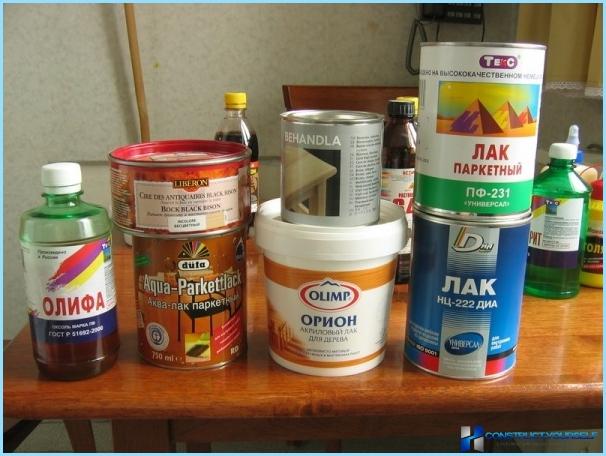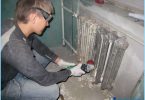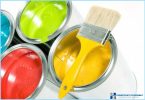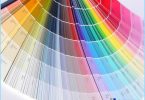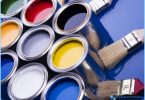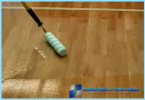The contents
Quite often the ordinary consumer when choosing paint materials for wood, tormented by different issues. What varnish is the best to buy? How to choose? what you need to pay attention to? However, choosing a good and suitable nail Polish with such an abundance of assortment in today’s market of construction materials is not that difficult task. When you buy the paint materials for wood, it is important to take into account the properties and specifics of the work surface. For example, you cannot just go to the market and buy from the first seller frost-resistant varnish for exterior use on wood, without considering the characteristics of this coatings.
Working with varnish on wood ↑
Painting of wooden products indoors is required to ensure their protection, education and exposure to a variety of fungi and mildew, damage by insects or for the decoration or restoration of objects made of wood. Painting outdoor is primarily used for brightening or dulling the wooden facades and other surfaces outside. Therefore, any lacquer wood, including acrylic, you want to select based on the properties and texture of wood. The surface treatment must be performed in several layers. If the wood has a higher porosity, minor cracks or scratches, it should be pre-primed and putty. Also, when choosing paint material should take into account the degree of stress exerted on the treated object or surface.
What to look for when choosing? ↑
Any wood varnish is designed to protect treated wood from various damages and weathering and decay processes. Coating materials depending on the specifications, composition, properties and applications can be designed for both exterior and for interior works. So before you purchase should clearly imagine what kind of coatings you will approach in a particular case. Before going to the store should read the characteristics and conditions of use of any composition and does it meet your needs.
Types of paint for wood ↑
Most coating materials is known due to its versatility in relation to wooden surfaces (parquet, doors, railings, stairs and more). If you are interested in varnishes for wood with no odor, then you should know some features of paint and varnish materials presented on the market today.
Outdoor applications are mainly used to frost, moisture and are light fastness of the coating. This is because only such coating materials is able to provide the wood protection from aggressive atmospheric exposure. It is not recommended to use for the treatment of wooden surfaces outdoors compounds that when dry create a non-elastic film. Such materials include nitro lacquer. Also coatings used for outdoor work, must contain in its composition a special antibacterial additives to protect the wood from insect pests and prevent the onset of putrefaction.
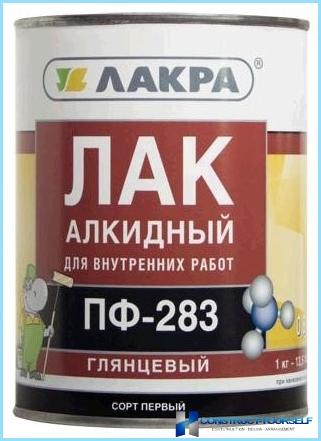
Alkyd varnish for wood. This coating contains in its composition alkyd resin and solvent, which is strong, durable and moisture resistant.
Complete drying of the treated surface occurs within 72 hours, however, if you need more quick drying layers, select LKM, the composition which includes the hardener. In this case, the drying of the coating is reduced to 24 hours.
Even faster-drying alkyd-urethane composition. This is possible by adding to the composition of the varnish component of the urethane group. Such coatings dry in 12 hours, not yielding in strength alkyd coatings.
Oil varnishes. For such compositions characterized by a high concentration of oils and resins, and organic solvents. A distinctive feature of the oil compositions is the ability to change the wood color from pale yellow to deep chocolate color. However, such coatings longer to dry. Drying of the layers, depending on the ambient temperature, may last up to several days.
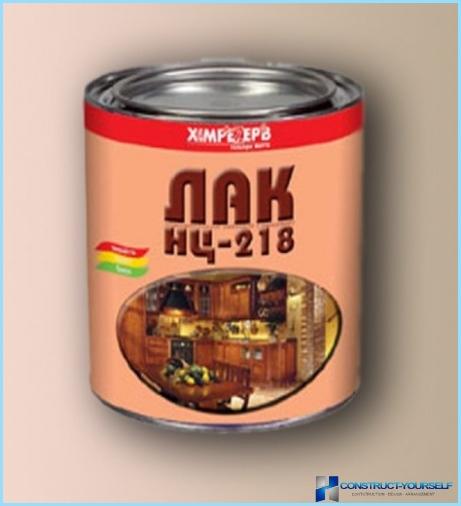
Nitrocellulose lacquer. This paint material is made from colloxylin, resins, plasticizers and volatile solvents. Nitrovarnishes are widely used in the finishing work inside the premises. Since this composition is quick-drying, the drying time of the layers is a few hours, and on the strength of this coating is not inferior in strength to similar coatings.
In the coating of nitrocellulose lacquer creates on wooden surfaces transparent and thin protective film that securely closes the pores of the wood, allowing in turn to increase the water repellent characteristics of wood. It is worth considering that if you need the varnish is completely harmless to health, this kind of paint will not work, due to the presence in its composition of toxic solvents. And the cost of such a composition is not everyone is satisfied with.
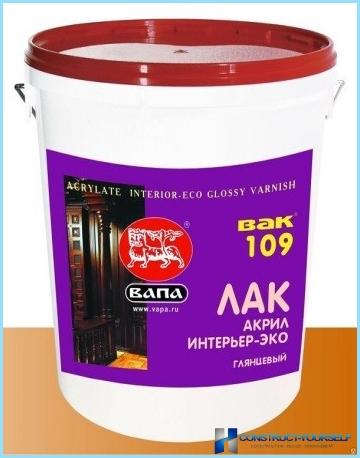
Acrylic water-based paint for wood. Such coating materials in its composition do not have organic solvents, so that they have an unpleasant odor, and thus safer for indoor use. Treatment of wood surfaces with acrylique gives you the opportunity to increase strength and to preserve the natural color and texture of wood.
Acrylic paints have a high sensitivity to changes in temperature and humidity and therefore not very tolerate wet cleaning.
Epoxy coatings. Characterized in that a fairly dry quickly and can be used for works inside and outside. This is the most universal paint, as it can be used for processing almost all types of surfaces.
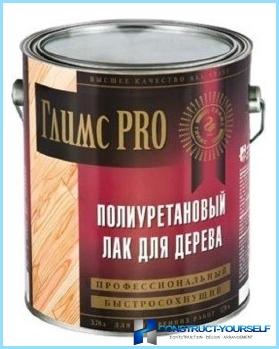
Polyurethane lacquer for wood. This material is characterized by water-repellent properties and high wear resistance. These features have made polyurethane varnish is one of the most commonly used materials for finish coating of wood surfaces, particularly wood.
Yacht varnish. Considered the most durable among the above coatings. Protective coating of yacht varnish has a high resistance to the destructive effects of salt water and got its name due to the wide application in the processing of wooden boats and yachts. In this bolomatova coverage is the best combination of elasticity and hardness. The lacquer has high resistance to aggressive environmental influences, temperature extremes and virtually any detergent and cleaning agents.
Correct work with LMB ↑
Mainly for sliced or parquet boards using special paint and odourless, nevertheless, some experts recommend to use Polish for wooden surfaces. In order to efficiently perform the varnishing of wooden products please note the following simple guide.
Surface preparation. If the surface to be processed had not Lateralus, it should be carefully treated before coating. In the presence of old varnish you just need to put a new top coat of varnish. Treatment of wooden surfaces before lacquering is a thorough polishing of the wood. After grinding the surface is necessary to remove dust, best vacuum cleaner, and you can move on to the next stage.
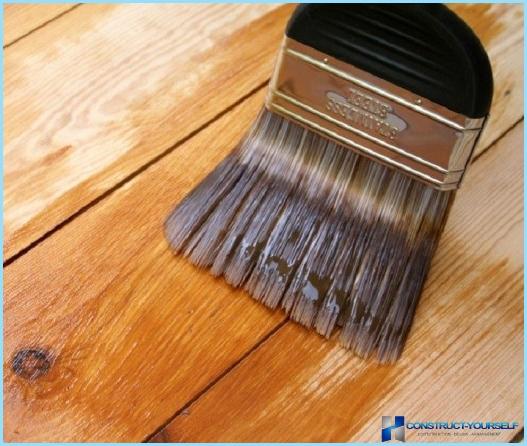
Varnishing. Applying nail Polish on the cleaned wooden surface is performed by brush, roller or paint sprayer. Quite often after the treatment light, the wood darkens and the dark contrast yellow or redder. Typically, this discoloration of the wood occurs immediately after coating. So should find out in advance the properties of the used composition.
Different wood has its own hardness, which determines in turn the required number of coating layers. Soft rocks, such as pine or spruce requires 3-4 coats of varnish, and solid wood more than enough for two. In that case if you are using alkyd composition for the first layer you need to add 10% white spirit.
Consumption for 1m? ↑
And last but not least, the issue of which the lacquer consumption for 1m?. Let’s call the basic criteria that have a direct effect on the consumption composition tree.
- Wood. Wooden surface with deep pores requires a greater amount of material than fine-pored wood.
- The quality of sanding. Higher quality polished wood requires less amount of material.
- Viscosity. The thicker the varnish, the greater is its consumption for 1m?. For this reason, in the varnish to be applied the first layers of added solvent or water, if using water-soluble paints.
- The method of application. The smallest varnish consumption when using the spray gun. More material is required when working with a brush or roller.
The average consumption of varnish is 1 liter/8-10m?, and during the second and subsequent layers is less 1l/10-12m?. However, you need to take into account all of the above criteria.

